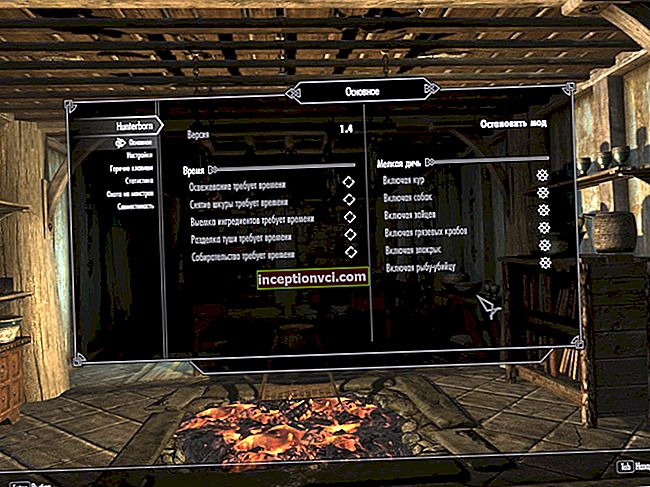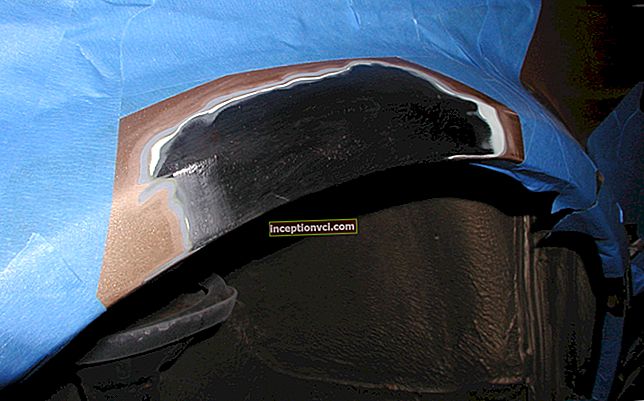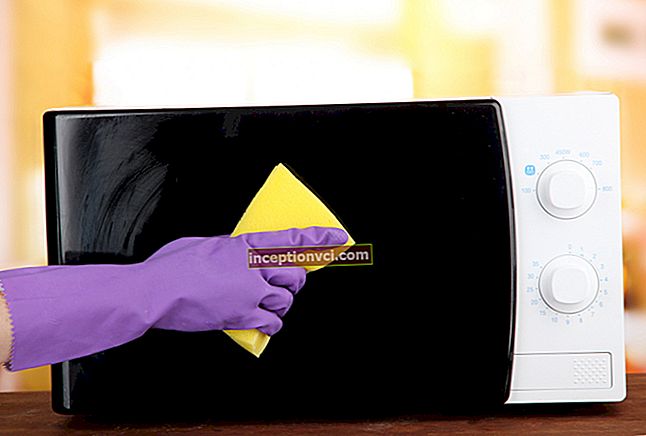The barometer, as the forecast of the Hydrometeorological Center, is never wrong.
What is a barometer?
A barometer is a device for measuring atmospheric pressure that determines the weather.
And forewarned is forearmed. Even Ostap Bender in the "Golden Calf" stated: each of us is pressed by an atmospheric column weighing 214 kg. We do not notice because the internal pressure balances the external one. The norm is 760 mm. rt. Art. at a temperature of 15 ° C. But if the pressure changes, many of us have headaches, aching bones, etc. Therefore, the barometer is like a scout: it warns of changes in time.

Types of barometers: they are water, mercury, aneroid (mechanical) and digital.
In everyday life, aneroid barometers (non-liquid) are more often used. Their measuring element is an aneroid - a corrugated box made of nickel-silver or hardened steel.
How the barometer works
The change in atmospheric pressure changes the shape of the aneroid. The movement of its walls is transferred to the arrow. The pressure on it is noted in millimeters of mercury and hectopascals.
If you want a precision instrument, don't go for a souvenir model. Take a closer look at the device from a well-known manufacturer (Utes, Fischer, TFA) - the brand will serve as a guarantee of quality.
An indicator of a high-quality assembly is the strict alignment of the adjusting screw with the hole for it in the housing.
How to set up a barometer
The new device must be configured for correct operation.
- Find out the exact value of the value of atmospheric pressure from the radio or television weather report. Or contact the nearest weather station.
- Locate the adjusting screw on the instrument. It is located on the back of the appliance.
- Use a screwdriver to set the primary arrow to atmospheric pressure. If the barometer is assembled in such a way that it is impossible to adjust the pointer with the adjusting screw, just move the scale.
- Enter corrections in the barometer readings if they are indicated in the instructions for the device.
How to use the barometer
For a more accurate weather forecast, take readings twice a day at the same time. In case of unstable weather, at least every two hours.
Tap the glass with your finger before reading the reading. This will reduce friction in the arrow drive system. It will accurately determine the current forecast.
How to understand a barometer?
The principle of reading aneroid readings is simple: a decrease in atmospheric pressure portends a worsening of the weather, and an increase - its improvement. An old maritime omen also speaks about this: “If the arrow falls, wait for thunderstorms, rain or a squall. The arrow goes up - the weather is improving. "
The current barometric pressure value does not predict the weather. The dynamics of its changes is important.
- If the pressure gradually decreases, expect an approaching cyclone in 6-12 hours with inclement weather, precipitation and strong winds.
- If the pressure drops sharply, this indicates the approach of a cold front, thunderstorms and storms 1-2 hours before its start.
- The stabilization of pressure foreshadows an improvement in the weather, a cessation of precipitation and a weakening of wind in the next 4 hours.
In winter, high pressure means frost, low pressure means warming and possible precipitation. In summer, on the contrary, when the pressure rises, the weather gives it heat, and when the pressure drops, it gets cool and rains.
In stable weather, the pressure has a pronounced daily variation with two maximums at 10 and 22 hours and two minimums at 4 and 16 hours. This cycle breaks down when the weather worsens and recovers when it improves.
Tips for anglers: "Pressure for fishing: the best weather for biting"
Watch the video review of Moller barometers









